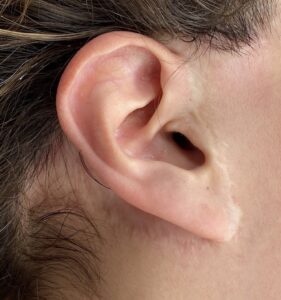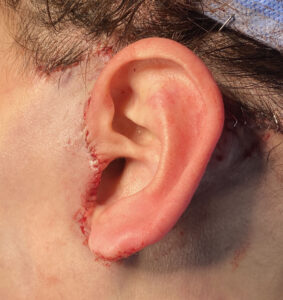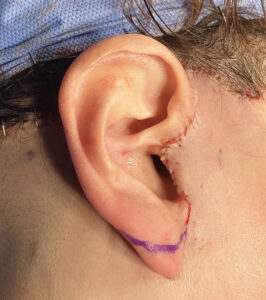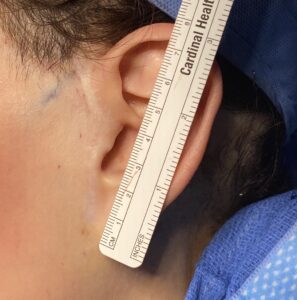Background: While there are many techniques for lower facelift surgery they all share one basic element…incisions around the ears. No matter what is done inside (SMAS manipulations) the presence of incision in and around the ears is what controls the amount of face and neck skin that is removed and repositioned in the procedure. As a result the appearance of the scars around the ear are an important aesthetic criteria to judge the success of the procedure. I might argue they are equally important, if not more so, than what is done on the inside since they are completely visible.
Because skin is removed as part of a facelift procedure there is always the risk of visible scarring and distortions of the ear and the temporal and occipital hairline around the ear. One of the well known ear distortions that can occur from a facelift is the pixie ear deformity. This is where the earlobe has become elongated creating a more pointed eat that is longer than what existed before surgery. Technically the mythical pixie creature ear has pointed because the top portion of the ear is pointed. Conversely the actual facelift pixie ear patient has the bottom portion of the ear elongated. But regardless it is a larger more pointy ear.
The pixie ear deformity occurs because the earlobe has no cartilage in it. Without structural support the earlobe can be easily stretched and elongated if the repositioned lower face and neck tissues are not well supported in their new elevated position. This is really a technique issue in the performance of a facelift to distribute and support the elevated tissues. Also the type of earlobe attachment to the face plays a role. Attached earlobes have a higher risk of postop malformation and scarring than does unattached earlobes.
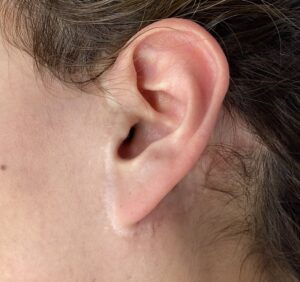


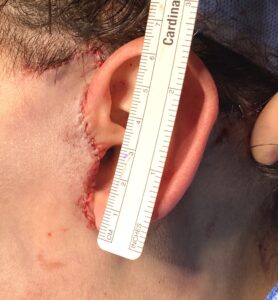
The younger facelift patient is uniquely prone to pixie ear deformities due to the less aged and more elastic skin characteristics. Their skin does not stretch as much and it has more elastic recoil. Too much skin removal or lack of underlying support makes earlobe deformities much more likely to occur. It is best to be less aggressive with facelifting in the younger patient. It is also helpful in these young patients to cradle the earlobe and male an unattached one event if it was an attached earlobe initially. This gives the best chance to hide the scar as well as place deeper support to the ear cartilage rather than on the earlobe itself.
Case Highlights:
1) The pixie ear deformity is a well known adverse sequelae from facelift which has a higher incidence of occurrence in younger patients.
2) Significant pixie ears require a secondary facelift technique with cradling of the earlobe to prevent recurrence.
3) Vertical shortening of the ear along with a facelift cradle is the most effective technique for pixie ear correction.
Dr. Barry Eppley
World-Renowned Plastic Surgeon



